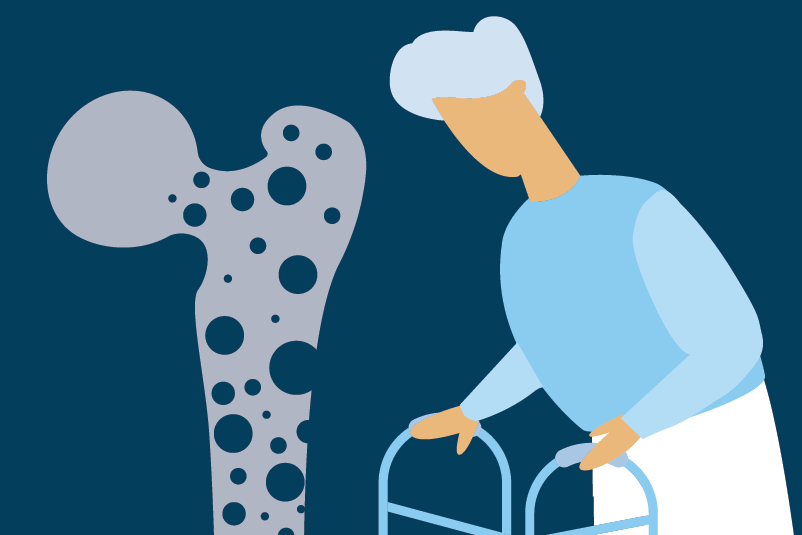#148 Has insulin met its match? Metformin for gestational diabetes

Reading Tools for Practice Article can earn you MainPro+ Credits
Join NowAlready a CFPCLearn Member? Log in
- Three systematic reviews1-3 of up to six open-label, Randomized Controlled Trials (RCTs) of metformin or insulin in 1,372 women: Over half of patients from one RCT.4
- Metformin women had:
- Less weight gain (1.1kg).1
- Less gestational hypertension:
- 3.6% versus 6.8%, Number Needed to Treat (NNT)=32.2
- More preterm births (<37 weeks):
- 10.1% versus 6.7%, Number Needed to Harm (NNH)=30.2
- Delivered ~1 day earlier (95% Confidence Interval: 0.14–2.1 days).1
- No difference in caesarean section rates or obstetrical trauma.1
- Metformin babies had:
- No difference in birth weight, macrosomia, hypoglycaemia (<2.6 mmol/l), shoulder dystocia, low APGAR scores, admission to level 2 or 3 nursery or mortality.1-4
- Less severe hypoglycaemia (<1.6 mmol/l):
- 3.3% versus 8.1% NNT=22.4
- 77% women preferred metformin for subsequent pregnancy.4
- ~1/3 of metformin users eventually required insulin.1
- Metformin women had:
- Long-term follow-up: >400 children from RCTs4,5 followed up to two years found children born to mothers on metformin (compared to insulin) had:
- Similar6 or clinically insignificant differences in height and weight (example ~0.7kg heavier and 1.7cm taller7) or development at 18 months.6
- GDM occurs in ~5% of pregnancies.8
- Risk factors include: Family/previous history of GDM, higher body mass index, and certain ethnicities.8,9
- Recent guidelines recommend either universal screening for GDM,8 or screening only those with risk factors.9
- For women with ‘mild’ GDM, advising mothers of diagnosis and treating (compared to not advising nor treating) reduces perinatal complications (death, shoulder dystocia, bone fracture, and nerve palsy) from 4% to 1% (NNT=34) but increases the likelihood of labour induction and admission to neonatal nursery (both NNHs=10).10
- Although off-label in pregnancy,11 UK guidelines9 recommend (in order) diet and exercise, then metformin, then insulin.






